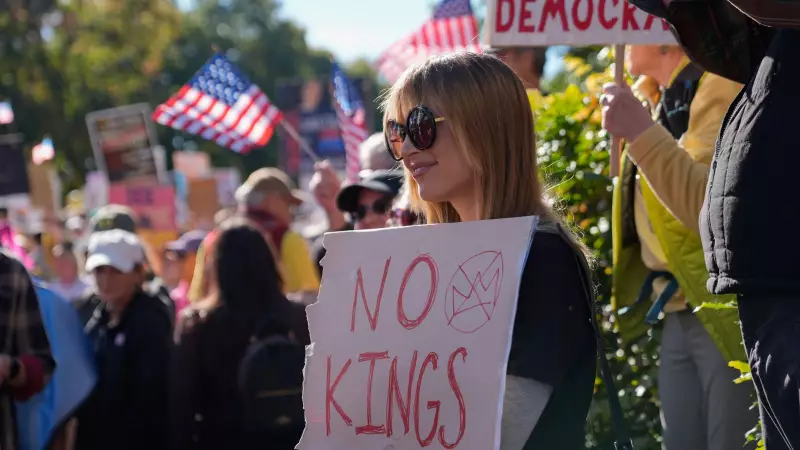
Across the United States, political tensions have erupted into dramatic street confrontations as Trump administration officials face growing public protests while their supporters organize counter-demonstrations in a stunning display of political polarization.
The Battle for Public Opinion
The wave of demonstrations began after former President Donald Trump's administration officials started making public appearances. Protesters have been gathering outside venues where these officials are scheduled to speak, holding signs and chanting slogans that reflect their opposition to the administration's policies.
Counter-Mobilization Efforts
In a remarkable show of political organization, Trump supporters have been staging their own rallies to counter the protests. These pro-administration gatherings often feature American flags, "Make America Great Again" merchandise, and vocal support for the former president's agenda.
The most striking aspect of these events has been the sheer visual contrast between the two sides. On one hand, protesters display signs with messages of resistance and opposition, while on the other, supporters wave flags and express unwavering loyalty to the administration.
Photographic Evidence of Political Divide
Exclusive photographs from these events capture the intensity of America's political climate. The images show:
- Face-to-face confrontations between opposing groups
- Heavy police presence maintaining order
- Emotional exchanges between citizens with differing political views
- Creative signage and protest art from both sides
Security Concerns and Public Safety
Local law enforcement agencies have been stretched thin managing these simultaneous demonstrations. The competing rallies have raised concerns about public safety and the potential for violence, though most events have remained peaceful despite the heated rhetoric.
This phenomenon represents more than just political disagreement—it showcases the deep ideological divisions that continue to shape American society long after election cycles conclude. The ongoing protests and counter-protests suggest that political engagement among citizens remains at historically high levels.
What This Means for American Democracy
Political analysts suggest that these parallel demonstrations reflect a fundamental shift in how Americans engage with their government. The tradition of quiet opposition has been replaced by vocal, visible public demonstrations that demand immediate attention from political leaders and media alike.
The persistence of these protests, months after the administration left office, indicates that political activism has become a permanent feature of the American landscape rather than a temporary reaction to election results.





